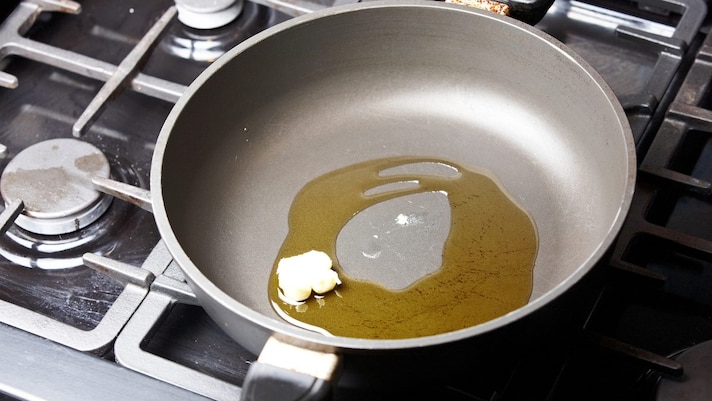;)
Lasagna, sponge cake, pound cake and savory pies: what do all these delicacies have in common? To be perfect they must necessarily be baked in an oven for a more or less long time. Most likely if you are here it is because you have asked yourself at least once: "yes, but which one, static or convection oven?". The answer is much simpler than you think: here are the differences between static oven and convection oven with a simple and clear guide on what to cook in the first and what in the second.
Differences Between Static and Convection Oven
The difference between a convection oven and a static oven concerns the way in which the heat is spread and consequently the cooking process. In a static oven, cooking occurs by radiation: starting from precise points, called resistors, the heat spreads slowly, therefore cooking first the external parts and then the innermost parts of our food. On the contrary, in a convection oven, the heat spreads uniformly to every corner of the oven thanks to the presence of a fan and, in this way, cooking by convection is faster but also less delicate.
What to Cook in a Static Oven
Cooking in "static" mode is the oldest (even the wood oven is a static oven, to be clear) and allows you to cook food by radiation, in a slow and minimally invasive way. For this reason, in the static oven it is preferable to cook preparations that contain yeast which, by cooking slowly, can complete the leavening process and remain very dry inside. Specifically, we recommend using the static oven to cook:
- Bread and focaccia: preheat the oven to 430°F/220°C and cook at 360°F/180°C for 45 minutes, this way you will get a homemade bread that is crunchy on the outside and soft and well cooked on the inside;
- sponge cake: bake at 340°F/170°C for about 50 minutes, taking care not to open the door before 40 minutes and to open it gradually once cooking is complete. Remove the sponge cake from the oven only when it is completely cold;
- cakes: in this case we are talking about a type of recipe that can be prepared in infinite variations, so to avoid making mistakes when cooking your cake, follow the instructions on the recipe;
- meringues: bake at 195-210°F/90°-100°C, cook the meringues for 90 minutes then insert a wooden spoon into the oven so that there is an air gap and continue cooking for another 60 minutes;
- puff pastry: puff pastry cooks very little, 15 minutes at 360°F/180°C is enough.

What to Cook in a Convection Oven
The convection oven cooks by convection thanks to a fan that evenly spreads the heat produced by the resistors, the result is faster but also more "aggressive" cooking and for this reason it is not ideal for every type of food. What to cook in a convection oven?
- Baked pasta: in a preheated fan oven at 360°F/180°C for 15 minutes with the grill function until the surface is nicely browned;
- biscuits: preheated oven at 360°F/180°C for 20 or 30 minutes until golden brown;
- roasts: roast cooking times are quite long even though it is cooked in a fan oven. To have a perfect veal roast, cook for 75 minutes at 390°F/200°C, for pork it is better to cook for 90 minutes at 300°F/150°C, for fillings instead preheat and cook at 360°F/180°C for about two hours;
- fish in foil: to obtain well-cooked but not dry fish in foil, do not exceed 30 minutes of cooking at 355°F/180°C;
- vegetables: to obtain well-cooked and perfectly browned vegetables, the perfect cooking time is at 430°F/220°C for 45 minutes;
- tarts: 35 minutes of cooking at 360°F/180°C are enough, taking care not to open the door before the necessary time has elapsed.

What if you don't have a convection oven? How can you overcome this lack without giving up your culinary desires? Don't worry, you can use the static oven, but increase the cooking temperature by 70°F/20°C; vice versa, to cook preparations that require static cooking in a convection oven, the temperature will have to be lowered, always by 70°F/20°C.


;Resize,width=712;)
;Resize,width=767;)
